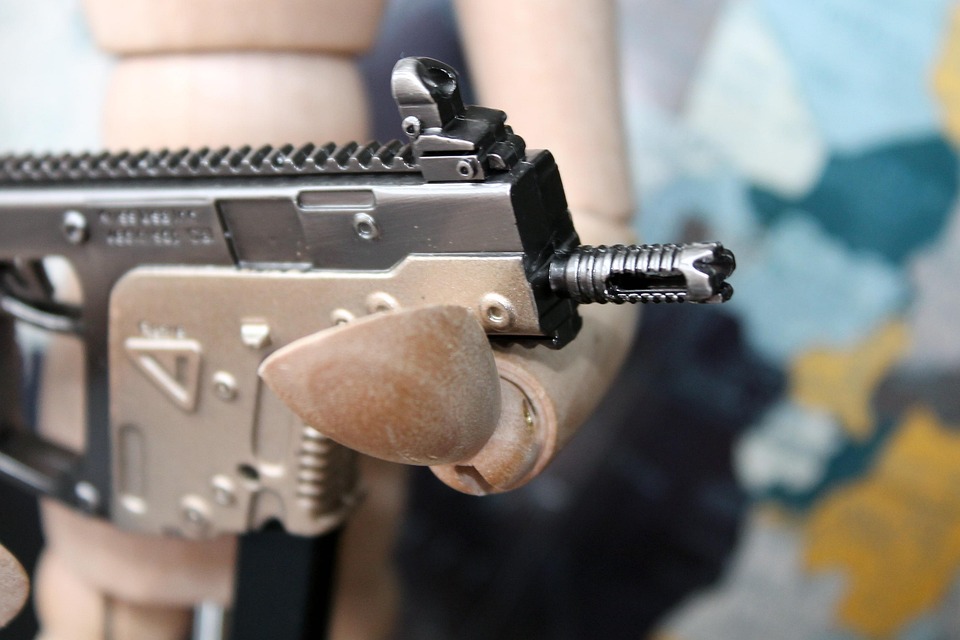Introduction to Vector Solana
In the fast-evolving landscape of blockchain technology, Solana has emerged as a powerful platform known for its high-speed transactions and low fees. Among its many innovations, Vector Solana has gained attention due to its utility in decentralized applications (DApps), NFTs, and financial technology solutions. In this article, we provide an in-depth guide to understanding Vector Solana, its benefits, use cases, and how it is revolutionizing the blockchain space.
What is Vector Solana?
Vector So lana refers to the structured digital assets, graphical representations, or scalable elements built on the Solana blockchain. These can be utilized in NFTs, smart contracts, and tokenized assets. Given Solana’s ability to handle 65,000 transactions per second (TPS) with sub-second finality, Vector So lana plays a crucial role in enabling seamless and efficient digital asset management.
Key Features of Vector Solana
- Scalability – Solana’s blockchain is designed to handle massive data loads, making Vector So lana highly scalable.
- Low Fees – Unlike Ethereum, Solana boasts ultra-low transaction costs, making vector-based assets more accessible.
- Interoperability – Vectors on Solana can integrate seamlessly with various DApps, DeFi projects, and NFT marketplaces.
- Speed – With lightning-fast transaction speeds, Vector So lana ensures real-time processing, eliminating delays.
- Security – Backed by Solana’s Proof of History (PoH) mechanism, Vector So lana provides a highly secure environment for digital assets.
How Vector Solana Works
1. Creation and Representation
Vectors on the Solana blockchain are often created using Solana’s SPL Token Standard or customized NFT smart contracts. Developers and artists can tokenize digital assets, ensuring authenticity and security.
2. Storage and Transactions
Unlike traditional centralized systems, Vector So lana assets are stored on-chain and can be transferred with minimal latency. This provides an edge over other blockchain ecosystems that suffer from congestion and high fees.
3. Integration with DApps and Marketplaces
Solana’s ecosystem is vast, with NFT marketplaces, DeFi platforms, and gaming applications seamlessly integrating Vector So lana assets. This facilitates instant trading, lending, and utilization across multiple domains.
Use Cases of Vector Solana

1. NFT and Digital Art
Vector So lana is widely used in NFTs and digital artwork, allowing creators to tokenize their assets efficiently. Given Solana’s cost-effectiveness, artists can mint NFTs at a fraction of the cost compared to Ethereum.
2. Gaming and Metaverse
Blockchain-based games leverage Vector So lana for in-game assets, characters, and collectibles. With instant transactions and high scalability, game developers can create a seamless gaming experience.
3. DeFi and Smart Contracts
Vector Solana is integrated into DeFi platforms to manage digital assets, collateralized loans, and yield farming strategies. Solana’s efficiency ensures fast execution of smart contracts, improving overall financial operations.
4. Decentralized Marketplaces
Vector So lana-powered marketplaces enable buying, selling, and trading of digital assets without intermediaries. This provides users with greater control and lower fees, enhancing overall accessibility.
Advantages of Vector Solana Over Other Blockchains
| Feature | Vector Solana | Ethereum | Binance Smart Chain |
| Transaction Speed | 65,000 TPS | 15 TPS | 100 TPS |
| Transaction Fees | <$0.01 | $10+ | ~$0.30 |
| Scalability | High | Low | Moderate |
| Consensus Mechanism | Proof of History (PoH) | Proof of Work (PoW) | Proof of Staked Authority (PoSA) |
| Security | High | High | Moderate |
How to Get Started with Vector So lana
Step 1: Set Up a Solana Wallet
To use Vector So lana, you need a Solana-compatible wallet such as Phantom, Solflare, or Ledger. These wallets allow you to store, send, and receive Solana-based assets.
Step 2: Obtain SOL Tokens
Since SOL is required for transaction fees, you can purchase it from exchanges like Binance, Coinbase, or Kraken.
Step 3: Explore Vector Solana Projects
Browse NFT marketplaces like Magic Eden or SolSea to discover Vector Solana-based assets.
Step 4: Engage in Transactions
You can buy, sell, and trade Vector So lana assets seamlessly using decentralized exchanges and platforms.
Frequently Asked Questions (FAQs)
1. What makes Vector Solana unique?
Vector Solana stands out due to its high transaction speed, low fees, and seamless interoperability with the Solana ecosystem.
2. How do I create a Vector Solana NFT?
You can mint a Vector So lana NFT using Solana’s SPL Token Standard on platforms like Metaplex, Magic Eden, or SolSea.
3. Is Vector Solana secure?
Yes, it is secured by Solana’s Proof of History (PoH) and Proof of Stake (PoS) mechanisms, ensuring a safe and tamper-proof environment.
4. What are the best use cases for Vector Solana?
It is widely used in NFTs, gaming, DeFi, and decentralized marketplaces, offering speed and affordability.
5. Where can I trade Vector Solana assets?
You can trade them on decentralized marketplaces such as Magic Eden, SolSea, or OpenSea (Solana section).
Conclusion
Vector Solana is revolutionizing the blockchain space by offering scalable, low-cost, and efficient digital asset solutions. With NFTs, gaming, and DeFi projects increasingly adopting Solana, the potential of Vector So lana continues to grow exponentially.


